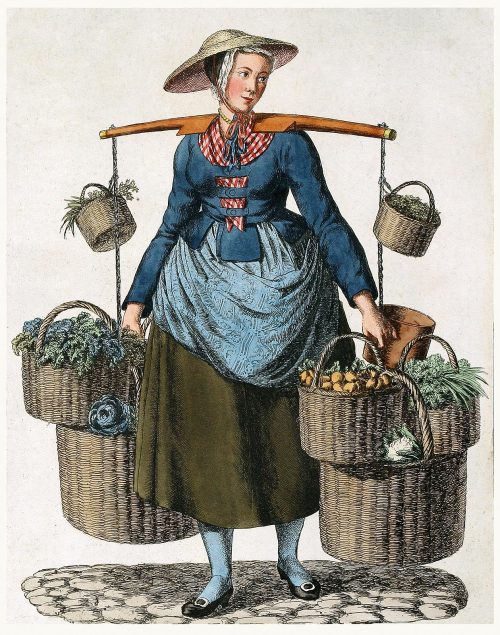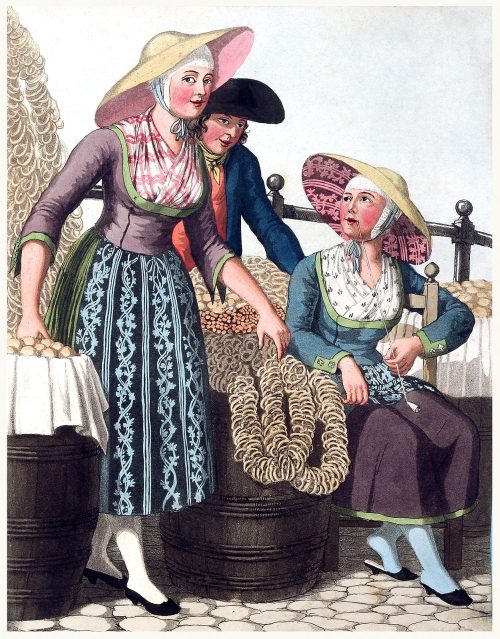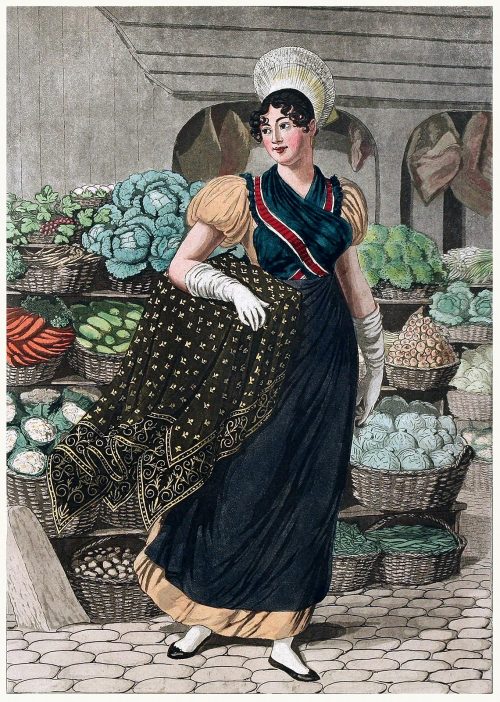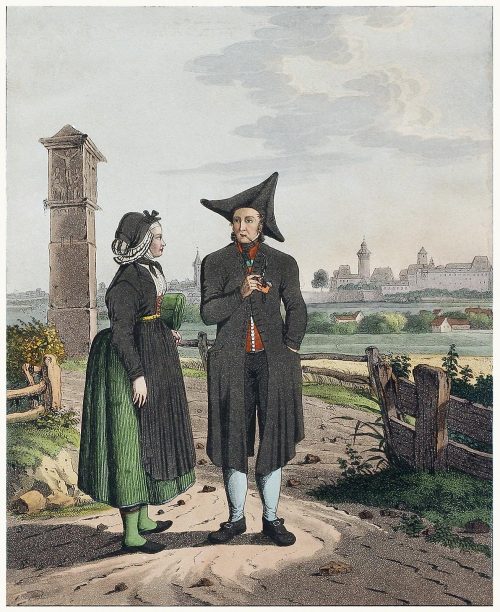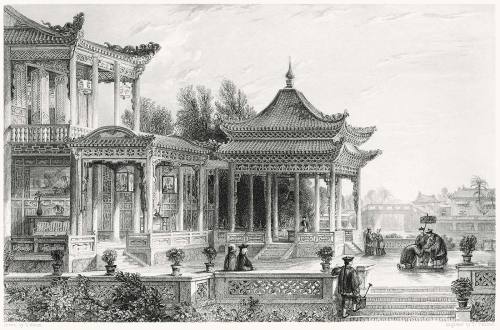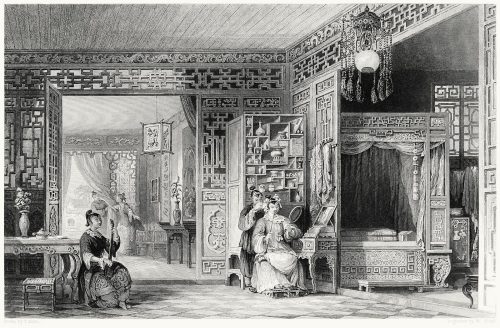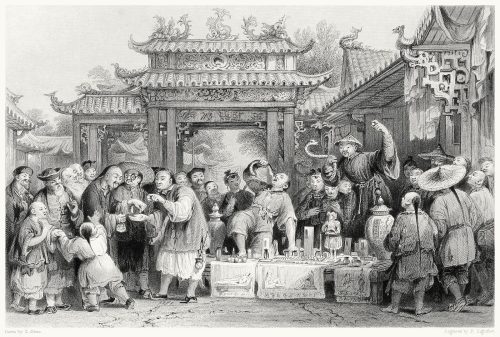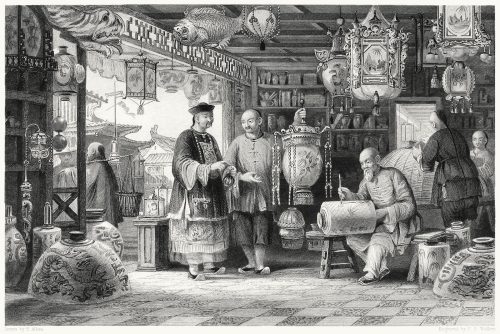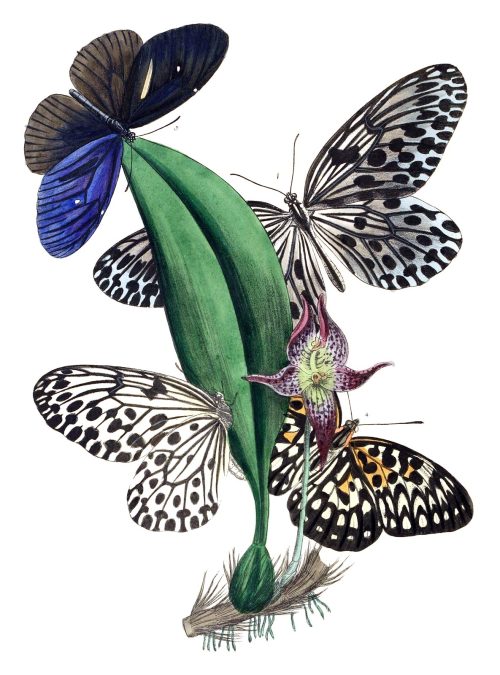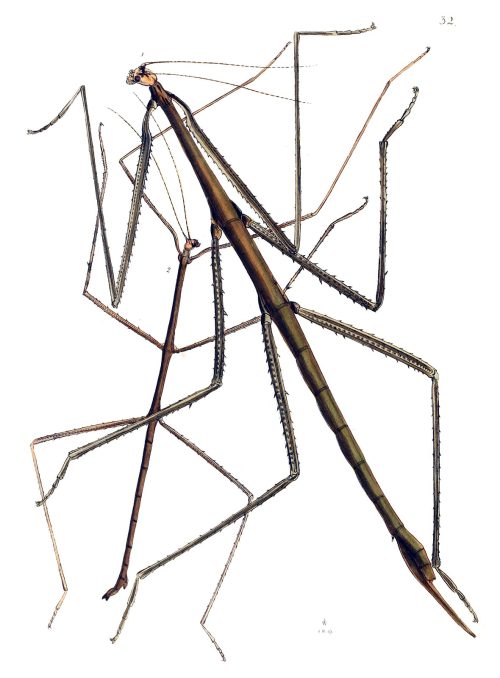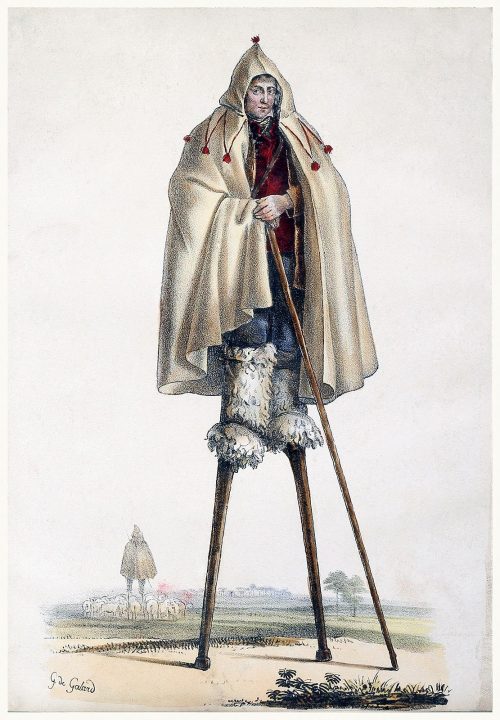
Shepherd on stilts.
From Central European costume (Miscellaneous engraved plates of Central European costume and fashion, collected and pasted into scrapbooks)
From Central European costume (Miscellaneous engraved plates of Central European costume and fashion, collected and pasted into scrapbooks)
Found
this jewel at archive.org this weekend, original digitalization was done by
Glasgow School of Art. Not too much information, the web only provides very
basic info like the number of pages (70) and… the camera used for this job
(canon 5D) ¿? Well… investigation this time has not provided more data (not
even the Author’s name).
Only text provided by the web is “Miscellaneous full-colour engraved plates of Central European costume and fashion, collected and pasted into scrapbooks”.

